Passive vs Active Design
2015 seems to be the year of ‘passive to active’. I’m not sure if it’s just me or if this is a nationwide trend. But, it seems like every day someone is talking about how to be more active in their lives. People are emailing me articles about it, telling me about classes they’re taking about how to do things in a more active way, and last week, a doctor even told me that in order to transfer information into long term memory, you have to be really active with it. Draw pictures, say it out loud, get really animated when you talk about it, etc.
Are you hearing this all over the place too? Or am I just supposed to be learning a life lesson?
Either way, I started thinking about what going from passive to active means in design. Really, I think it translates into doing more work up front so that you don’t have to spend your time returning things to the store that don’t go with your decor, or listing things on Craig’s list because you couldn’t find a spot for them after all. Here are some specifics I came up with…
1) Take measurements and make a drawing of the room you are decorating/sprucing up.
Admittedly, I’ve never done this for my own house, but I did when I was designing my nephew’s nursery. I even went so far as to cut shapes out of paper to represent furniture and placed them in the drawing to get the best arrangement. It’s actually the most organized I’ve ever been. You can see it here. Wouldn’t that make you think that I would do it for myself? What is wrong with me?! You can actually make the drawing a couple of different ways. There are free computer programs you can use for this (like this one or this one). But, I like to go old school and just use graph paper. One square of the paper would equal one foot in real life. Or if you want the drawing to be bigger, you could make one inch represent one inch in real life. Layla from The Lettered Cottage has a free e-book all about space planning here.
2) Choose a direction.
I almost never choose a direction and stick to it. As a result, I run into frustration. I go back and forth about how I want the room to look, because I love so many design styles! So my bedroom is half done, and my living room looks like a very beige version of the Mojave desert. Lack of a decision ends up costing more money in the end because you buy things that just don’t work. Or maybe you buy something that doesn’t work with anything else, and you want to change the rest of your design to fit that one thing. Again, wasting $$$. So here’s the thing. Get really active about noticing what design styles you love. Pinterest, magazines, and best of all, real life. There is inspiration in the every day. You just have to be open to it. Oh, you know what another amazing resource is? Designers have started putting their portfolios on their websites. It’s so amazing to see and draw inspiration from real life homes, not stages or show houses, that are stylish. Once you decide on a style, you can choose some images and pins that go with that style as your inspiration.
3) How do you want to feel in the room?
Once you have this one nailed down, things will start to get a lot easier. If you want to feel relaxed and stress free, what makes you feel like that? Is it a song? A picture? A place that you’ve traveled? A piece of artwork? A favorite outfit? If your object is a thing like a picture, or a place, it’s going to be a little easier for you to create a color palette (you can even upload a picture and use the Benjamin Moore “Chip it!” program create a color palette for you). If it’s a song, or something more abstract, you’re going to have to work a little harder to find things that fit the feeling and mood. Once you have this down, the color palette is a natural extension of that feeling.
4) ASK people who’ve created a space you love about how they did it. Some people just have an innate sense of what they like. Some people have had to figure it out. Either way, most people are really excited to talk to you about a great space they put together, and you will get some great advice. These are the people that usually have the best tips about where to buy the most unique art and fabrics, and where you can get great quality furniture on the cheap. Sometimes it’s a secret store, and sometimes it’s a certain day or time that items are discounted.
If you’ve done all the prep work, and you run into an item at a store that you’re just not sure about, take a picture and create a file on your phone for these “undecideds”. When you see all these pictures together, you might get a better sense of what you’re drawn to rather than trying to force yourself to do something in the moment. Here’s a tutorial on how to create folders on your phone and make it look pretty.
I think the jist of this whole thing is to start actively making decisions about what you want the life you live in your home to feel like. Once you do that, it will be easier and more fun when you go shopping because you know exactly what you’re looking for and what will work.
Let me know if this was helpful, or if you have any go-to tips that you swear by!
ooox,
Nicole
Interior Designer Kevin Sawyers talked about the importance of planning and finding inspiration in the interview I did with him here.


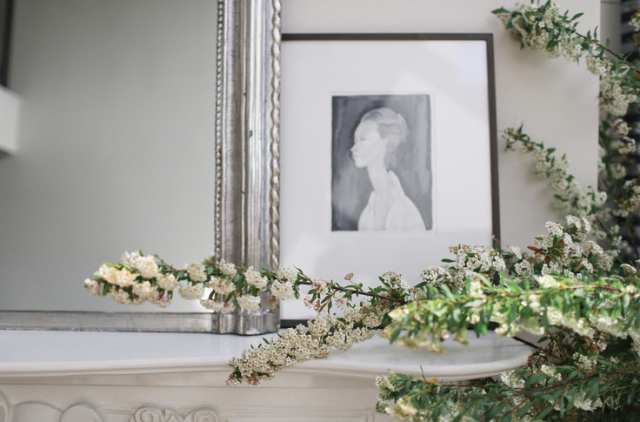
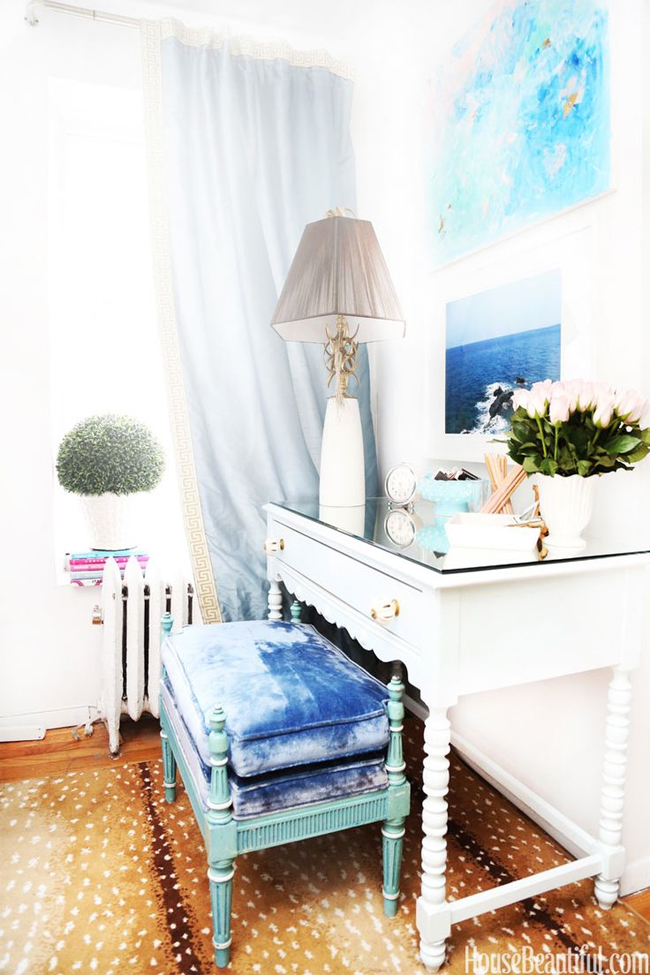
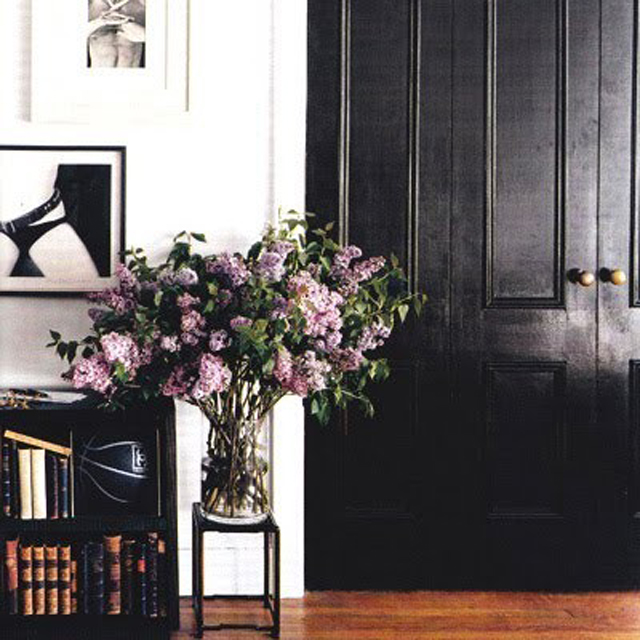

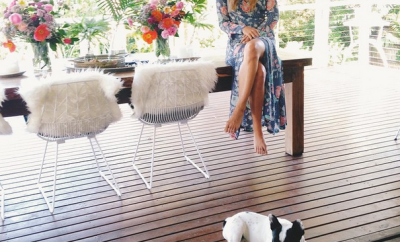
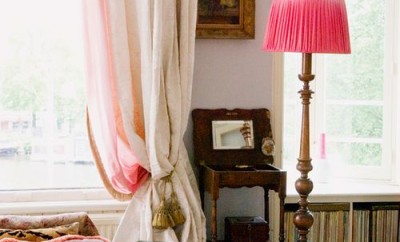













1 Comment